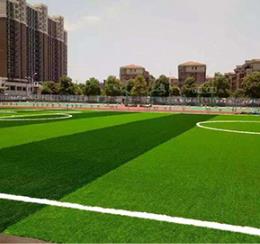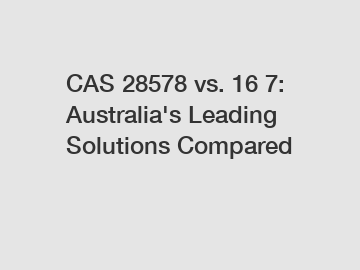The Science of SBR Latex and Its Role in Waterproofing
Styrene-butadiene rubber (SBR) latex is a synthetic polymer emulsion that plays a crucial role in the field of waterproofing due to its unique properties and characteristics. Understanding the science behind SBR latex and its applications in waterproofing is essential for appreciating its effectiveness in various construction and industrial settings.
Composition and Structure: SBR latex is a water-based emulsion of styrene and butadiene monomers, polymerized in the presence of emulsifiers, stabilizers, and other additives. The resulting polymer structure consists of alternating styrene and butadiene units, which impart specific properties to the latex.
Polymerization Process: SBR latex is produced through emulsion polymerization, a process where monomer molecules are dispersed in water and polymerized to form polymer particles suspended in the aqueous medium. Initiators and surfactants facilitate the polymerization reaction, leading to the formation of stable latex particles with controlled particle size and distribution.
Properties: SBR latex exhibits several key properties that make it suitable for waterproofing applications:
Flexibility: SBR latex imparts flexibility to coatings and membranes, allowing them to accommodate substrate movements and structural shifts without cracking or delamination.

Adhesion: SBR latex enhances adhesion to various substrates, including concrete, masonry, wood, and metal surfaces, ensuring strong bonds between the waterproofing membrane and the substrate.
Water Resistance: SBR latex forms a continuous and impermeable film when dried, effectively preventing water penetration and providing long-term protection against moisture ingress.
Related articles:Unlocking Valuable Insights: Key Questions to Ask When Ordering Hydroxypropyl Methyl Cellulose in Vietnam
Can Silica Fume Enhance the Magic of Ceramics?
FAQs | Everything You Need to Know About Formic Acid
Top HPMC For ETICS/EIFS Exporter Insights 2024
Key Considerations When Choosing HPMC for ETICS/EIFS Exporter
Top 5 Pure Hydroxypropyl Methylcellulose Powder Brands Revealed
The Benefits of Using Organic Turmeric Extract Supplements
Durability: SBR latex-based waterproofing systems offer excellent durability and resistance to weathering, UV exposure, chemical attack, and mechanical abrasion, prolonging the service life of waterproofing installations.
Role in Waterproofing: Artificial turf SBR latex is widely used in waterproofing applications across different sectors, including construction, infrastructure, roofing, and civil engineering, due to its versatility and effectiveness. It is commonly employed in the following ways:
Waterproofing Membranes: SBR latex is used as a binder in the formulation of waterproofing membranes, coatings, and sealants. These membranes are applied to horizontal and vertical surfaces to create a seamless and protective barrier against water intrusion.
Repair Mortars and Grouts: SBR latex is added to cementitious repair mortars and grouts to enhance their bonding strength, flexibility, and resistance to water penetration. This improves the durability and effectiveness of repair solutions for damaged or deteriorated concrete structures.
Tile Adhesives and Sealants: SBR latex-based adhesives and sealants are used in tile installations to provide waterproofing and crack-bridging properties, ensuring secure and water-tight bonds between tiles and substrates.
Application Methods: SBR latex-based waterproofing systems can be applied using various methods, including brush, roller, spray, and trowel application. The latex is typically mixed with cementitious or polymeric formulations to create coatings, membranes, or admixtures tailored to specific project requirements and conditions.
In summary, SBR latex serves as a versatile and reliable material for waterproofing applications, offering flexibility, adhesion, water resistance, and durability. Its role in creating effective waterproofing solutions is evident in its widespread use across diverse industries and construction projects, where moisture protection is essential for maintaining structural integrity and longevity.
Choosing the Right Artificial Turf Backing: Key Factors Explained
Understanding Raw Materials in Dipped Work Gloves
Bulk Buy CAS 110-63-4: Save Big Now!
Mastering RDP: Your Ultimate Guide to Gypsum Plaster Solutions
PMK Ethyl Glycidate Australia: Bulk Order vs Local Sourcing
MHEC Chemical Makers: Innovations and Industry Trends
Is Your Magnesium Oxide Supplement Delivering the Purity You Need?










